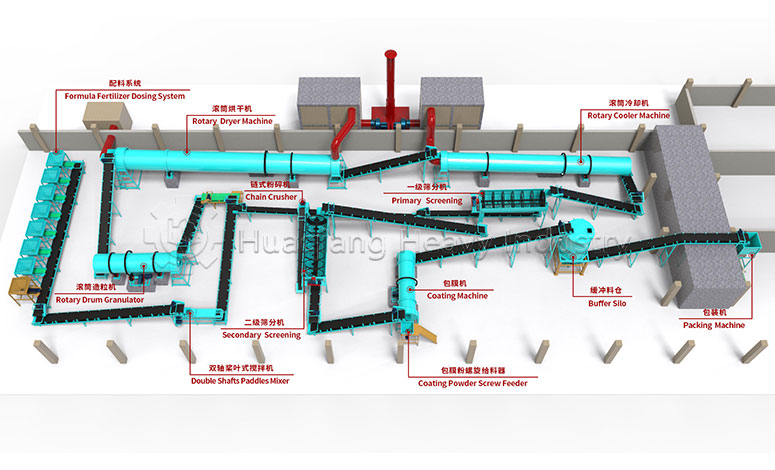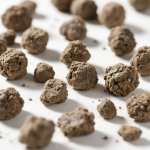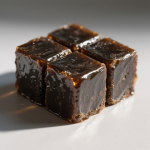In modern agriculture, compound fertilizers are widely popular due to their comprehensive nutrients and ease of use. But have you ever wondered how these compound fertilizers are produced? The granulation method compound fertilizer production line manufactures through physical mixing, granulation, and drying processes, offering strong raw material adaptability but higher energy consumption. The melt method employs high-temperature molten urea mixed with phosphorus and potassium raw materials for granulation, producing fertilizers with uniform nutrients and good water solubility, but requires larger equipment investment and has material limitations. The granulation method suits small-to-medium scale multi-variety production, while the melt method fits large-scale single-variety production. Both have distinct advantages in compound fertilizer production line, with selection depending on raw material characteristics, product requirements, and investment budget.
Overview of Compound Fertilizer Production
Compound fertilizers contain two or more primary nutrient elements (nitrogen, phosphorus, potassium). Their production processes are mainly divided into physical mixing and chemical synthesis. Among chemical synthesis methods, granulation and melt process are the two most commonly used technical routes.
Granulation Process
Granulation is a process that agglomerates fine particles into larger granules through physical action. The basic steps include:
- Raw material crushing and screening
- Formula mixing
- Adding binder for granulation
- Drying
- Cooling
- Screening and packaging
The core of granulation lies in the pelletizing process, typically using a rotary drum granulator or disc granulator, where rolling and binder spraying form fine powder into granules. This method has relatively low equipment investment and mature technology, but higher energy consumption and average product solubility.
Melt Process
The melt process produces compound fertilizer by melting raw materials at high temperature and then cooling to solidify. The typical steps are:
- Raw material melting and mixing
- Spray granulation or drum granulation
- Cooling and solidification
- Screening and packaging
The melt process eliminates the drying step, resulting in lower energy consumption, better product solubility, and higher granule strength. However, it requires larger equipment investment and has certain limitations on raw materials, particularly needing components with good melting properties such as urea and ammonium nitrate.
Comparison of Two Processes
| Comparison Item | Granulation | Melt Process |
| Process Characteristic | Physical granulation, needs binder | Melting and cooling, no binder needed |
| Equipment Investment | Lower | Higher |
| Energy Consumption | Higher (needs drying) | Lower (no drying needed) |
| Product Solubility | Average | Excellent |
| Suitable Raw Materials | Wide range | Requires meltable components |
Selection of Suitable Applications
Granulation is more suitable for:
- Raw materials without or with few meltable components
- Small and medium-sized enterprises with limited capital
- Producing conventional formula compound fertilizers
Melt Process is more suitable for:
- Raw materials containing meltable components like urea, ammonium nitrate
- Large enterprises pursuing high solubility and product quality
- Producing high-concentration or special formula compound fertilizers
Granulation vs Melt Process: Product Comparison
Granulation Process
Irregular shaped particles
Porous surface structure
Lower crushing strength
Gradual dissolution
Melt Process
Spherical shaped particles
Smooth surface
High crushing strength
Fast dissolution
| Characteristic | Granulation Product | Melt Process Product |
| Particle Shape | Irregular, angular | Spherical, uniform |
| Surface Texture | Porous, rough | Smooth, glossy |
| Crushing Strength | 10-20 N | 25-40 N |
| Dissolution Rate | Slower (60-80% in 24h) | Faster (90-95% in 24h) |
| Nutrient Release | Gradual | Immediate |
| Dust Formation | Moderate | Minimal |
Note: The images are representations. Actual product appearance may vary based on specific formulations and production conditions.
Future Development Trends
With increasing environmental requirements and energy-saving technologies, the market share of melt process is gradually expanding. New melt technologies like tower granulation and slurry granulation are emerging, enabling the melt process to adapt to more raw material combinations. Meanwhile, granulation is also improving binders and granulation technologies to enhance energy efficiency and product quality.
Note: The process descriptions in this article refer to “Fertilizer Production Technology” (Chemical Industry Press, 2018) and technical reports from the International Fertilizer Association (IFA).





